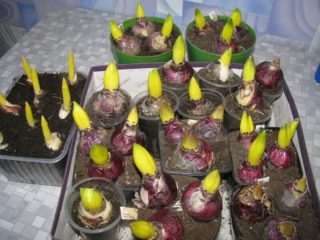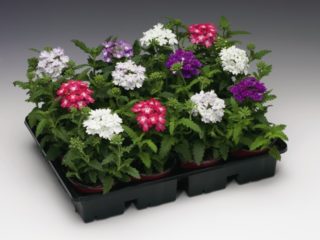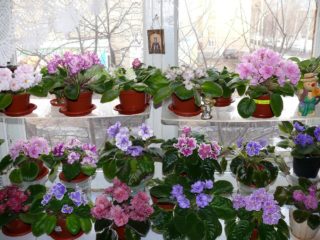Content
The florist's lunar calendar for February can be very useful. The state of indoor and horticultural crops is determined, among other things, by the phases of the moon, which it is desirable to take into account when planting and leaving.
Moon phases in february 2020
The schedule of the phases of the night star for February is as follows:
- From 1 to 8, the moon will rise and increase.
- The full moon will occur on February 9th.
- From 10 to 22, the lunar disk will shrink in size, decrease.
- The new moon will happen on February 23rd.
- From 24, the moon will grow again.
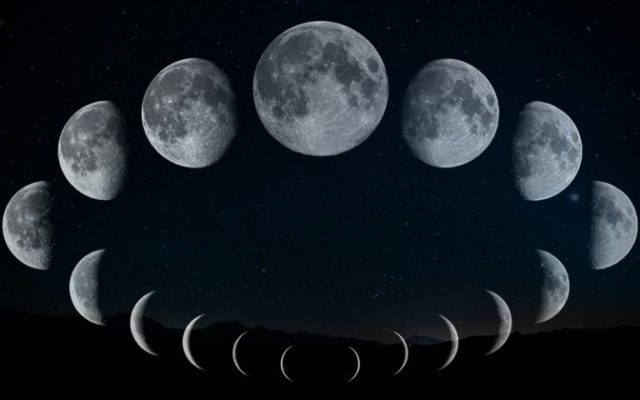
The moon during the period of growth and decrease is able to influence the state of plants.
Favorable and unfavorable days: table
To understand which days in February are best for flower propagation, a simple table will help:
Days | Numbers |
Auspicious days | 1-8, 11-16, 18-20, 25, 27-29 |
Bad days | 9, 23 |
Neutral days | 17, 22, 24 |
As the calendar shows, it is allowed to take care of plants most of the time. The grower needs to take a break only on the days of the full and new moon.
Lunar calendar for February for indoor flowers and plants
In February, winter colds still persist, but for a florist who is keen on indoor crops, it is time for active work. According to the calendar in the second month of the year, you can do:
- forcing bulbous crops such as tulips, hyacinths and irises;
- sowing seeds of cyclamen, passion flower and adenium;
- by cuttings, a leaf can be propagated by streptocarpus, zamioculcas and sansevieria;
- planting bulbous gloxinia and achimenes when buds appear.
Also in February, flower growers carry out routine care work. Houseplants are watered and sprayed, flowering crops are fed, leaves are cleaned and the plantings are given a warm shower. At the end of February, you can start pruning, for example, trimming pelargonium.
Reproduction
Favorable days for breeding depend on what kind of culture is to be bred and in what ways. In particular, the lunar calendar recommends flower growers:
- do cuttings on the days of the growing moon from 1 to 8, as well as from 24 to the end of the month after the new moon;
- planting seeds - this can be done from 1 to 4, it is also good for February 7, 12, 14 and all days after the new moon;
- lay the bulbs of domestic plants in the ground, for such work it is optimal to choose 1-4, February 15, 19 and 20, as well as the period after 24 and until the end of the month;
- to divide the overgrown indoor crops, this can be done on all days of the growing moon, especially the first numbers until February 8 and days after the new moon are suitable.
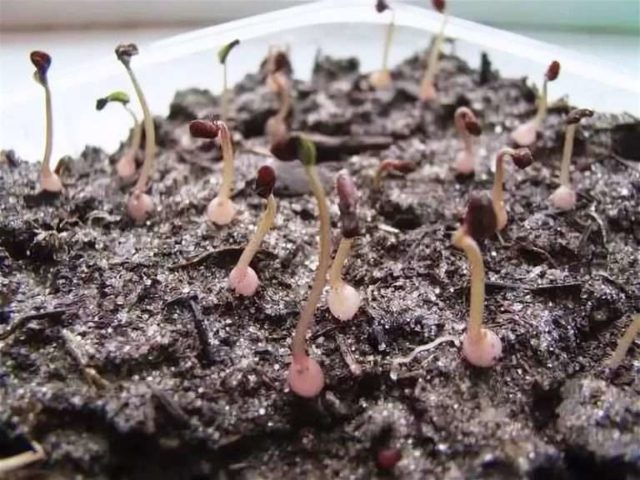
In February, flower growers can start sowing seeds, for example, passion flower and cyclamen.
It is possible for flower growers to reproduce plants not only on favorable, but also on neutral days of the calendar. Only the "bad" days of February are not suitable for work, but there are quite a few of them.
Planting and transplanting
In February, the calendar recommends planting and transplanting with caution.From an astronomical point of view, spring is already approaching during this period, but daylight hours are still short. Houseplants perceive the transfer to a new soil as an impetus to active vegetation, and if there is not enough light for them, the growth processes will be disrupted.
However, if necessary, in February, you can start planting indoor crops or transferring to another pot. The lunar plant calendar for February recommends doing this on the days of the growing night luminary - from 1 to 7, as well as from 24 to the end of the month.
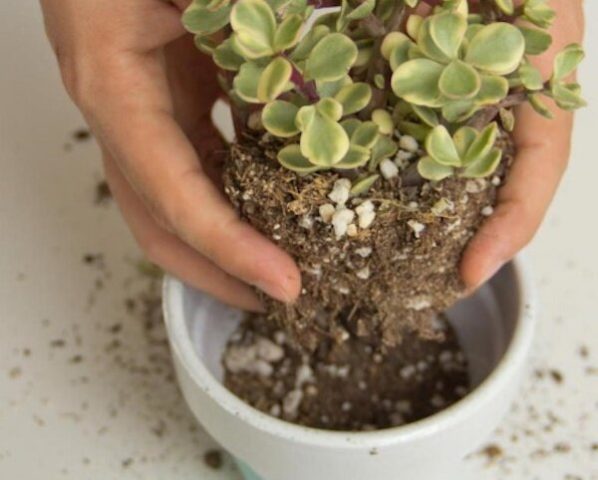
Regardless of the lunar day, replanting flowers in February is possible only as a last resort.
Care Tips
Most indoor plants are still dormant in midwinter. They still need care, but the florist needs to be especially careful:
- Watering is carried out only as needed, when the soil in the pot dries up noticeably. Water is used clean and warm. For cacti and other succulents growing on an indoor windowsill, just one watering in February is enough. The optimal days for the procedure according to the calendar will be 1-8, 14-15, as well as 23-29.
- If the house is warm and rather dry, indoor flowers are sprayed in February. This can be done on the days of watering; to humidify the air, it is also recommended to install containers with wet sand or moss on the windowsill.
- Even in winter, plants need ventilation. It must be carried out with caution, on calm and relatively warm days. If cold air comes out of the window, then all the pots from the windowsill must be temporarily removed by the florist.
- According to the calendar, on the days of the growing moon at the beginning and end of the month, from 1 to 8 and from 24 to 29, you can carry out top dressing. Indoor plants during this period require potash and nitrogen fertilizers, after a few weeks they will contribute to active growth.
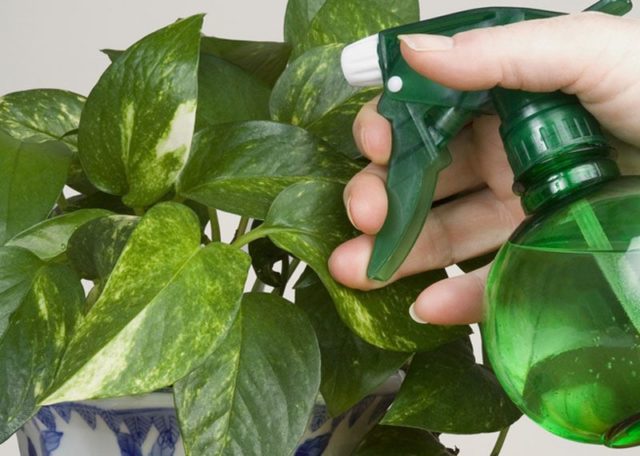
According to the February calendar, spraying and watering can be carried out on the growing and waning moon
At the end of February, the florist is advised to carefully examine his plantings and check if insect pests have appeared in the pots. In the presence of alarming symptoms from 21 to 27, prophylactic treatment can be carried out. Also, shortly before the onset of spring, the florist should wipe the leaves of indoor crops from dust with a damp sponge or shake them off with a clean brush if they are pubescent.
Lunar calendar for the care of violets for february 2020
Delicate violets in winter require especially careful care. From a lack of sunshine, they often begin to wither and turn pale. In February, a florist needs:
- water the plants twice or three times a month, according to the calendar, the period from 1 to 3 and from 6 to 7, as well as February 28 and 29, is well suited for this, the top layer of soil in the pot should be completely dry by the time of watering;
- maintain the illumination throughout the winter, including in February, daylight hours should be at least 8-10 hours.
Also, violets need to be provided with regular ventilation. It is not recommended to spray them, but a grower can put a small container of water nearby to maintain normal humidity.
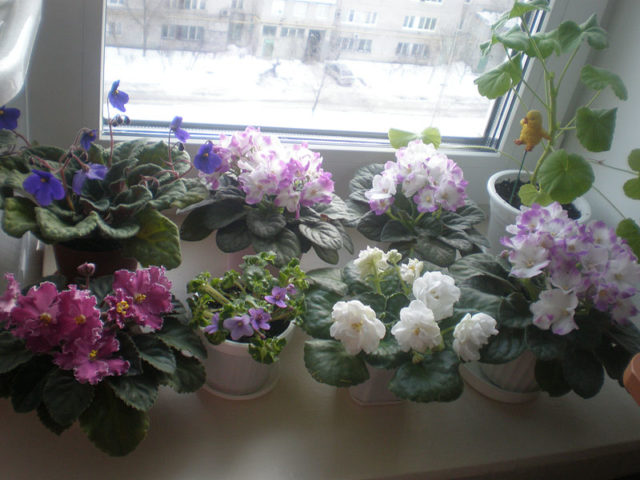
Violets in February, the florist should only water and highlight
The lunar calendar does not recommend any manipulations with delicate plants on the 8th, 9th, 21st and 23rd.
Florist lunar calendar for February 2020: garden flowers
Many garden flowers have a long growing cycle. It is customary to sow them early so that the plants have time to accumulate nutrients for spring or summer flowering.
Since the soil is still frozen in February, bulbs, seeds and cuttings are planted for seedlings at home. In February, a florist can start breeding:
- flowering annuals - petunias, begonias, lobelias, carnations;
- biennials and perennials - lupine, daisies, primroses, delphiniums, chrysanthemums.
The best breeding days for garden flowers are those during which the moon grows. This is a few days at the beginning of the month, until the 8th, and the period after the new moon from the 24th.
Reproduction
The gardening calendar gives the following recommendations to flower growers:
- At the beginning and end of the month, a florist can start sowing seeds of perennials - primroses, chrysanthemums, daisies. Optimally for such work, 1-3 are suitable, as well as 15, 28 and 29.
- Throughout the month, you can sow annual plants, for example, petunias, carnations and lobelias, in seedling boxes - this can be done on the 6th and 7th, 10th and 11th, 25th.
In February, bulbous crops such as tulips and lilies, daffodils and irises can be rooted in pots. However, this must be done if preliminary stratification has been carried out, otherwise the plants will not bloom or give small buds.
According to the calendar, it is best to cut garden crops at the end of February after the 24th. With an increase in daylight hours, they will more actively move into growth.
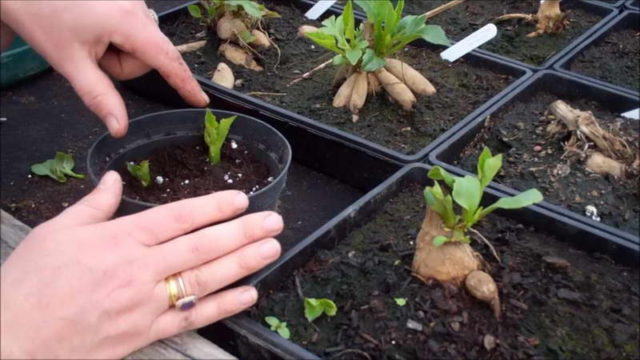
According to the calendar, at the beginning and end of the month, a florist can plant both seeds and bulbs.
As for stratification, for bulbs this procedure is usually carried out much earlier, and in the middle of winter, cooled planting material is buried in the ground. But in February, a florist can put seeds of perennials and woody plants in the refrigerator, they only need about 1.5 months to cool. You can carry out the procedure according to the calendar both in the first days and on the waning moon from February 10 to 22.
Care Tips
Caring for flower seedlings at the end of winter comes down to several manipulations:
- watering - the florist needs to moisten containers with bulbs or seeds regularly, as soon as the soil begins to dry out slightly, since the plants need a lot of water;
- feeding - at the end of February, seedlings can be fertilized with nitrogen and potash mixtures, this will help the flowers quickly start growing with the onset of March;
- spraying, high humidity is very important for developing bulbs and seeds, so it is better to handle the pots with a spray bottle every day.
The florist needs to carry out all of the above works not according to the calendar, but, if necessary, both on the growing and on the waning moon.
Works in the flower garden
In most of Russia, the soil is too cold in February, it is too early to plant garden crops in open ground. However, the end of winter is well suited for other works in the flower garden:
- On the days of the calendar before the new moon and immediately after it, you can start cleaning the site - on the 21st, 22nd, 24th and 25th, collect and destroy all plant debris left over from the fall.
- In the absence of severe frosts and snow drifts, it is allowed to loosen the soil, this must be done at the end of the month, after the 23rd.
- According to the calendar in February, you can check the condition of the plants wintering in the ground and update the shelters.
- If the month turned out to be frosty and dry, you should do the snow retention, throw snow remnants of the beds with perennials and shrubs, cover the plantings with spruce branches and fallen leaves.
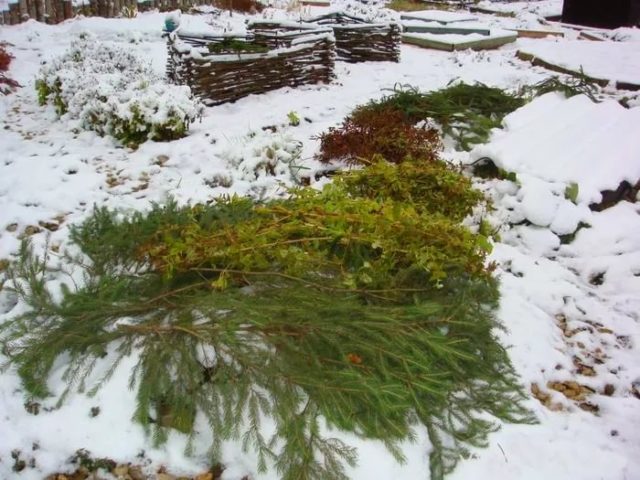
At the end of February, winter shelters are checked and updated in the flower garden.
February rose care calendar
Caring for garden roses at the end of winter for a florist comes down mainly to two procedures:
- airing - on days of thaws, shelters from the bushes need to be removed for a short time for fresh air, you can also just make holes in the insulating material;
- pruning, if there is no severe frost, then after February 23, according to the lunar calendar, it is allowed to cut strong shoots of rose bushes for 3-5 buds.
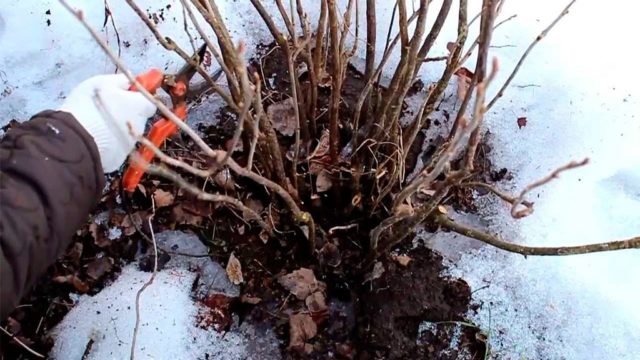
Roses wintering without shelter can be pruned after the new moon
Pest control and watering for roses are usually postponed until early or mid-March, when the shrub begins an active growing season.
What days is better to rest
Any work on the care of indoor and garden plants is recommended to be postponed to the full moon and on the days of the new moon. In February 2020, these are the 9th and 23rd. It is undesirable to develop high activity 12 hours before and after the indicated days.
Conclusion
The florist's lunar calendar for February can be a useful help. But you need to focus primarily on weather conditions and on the real needs of plants.






